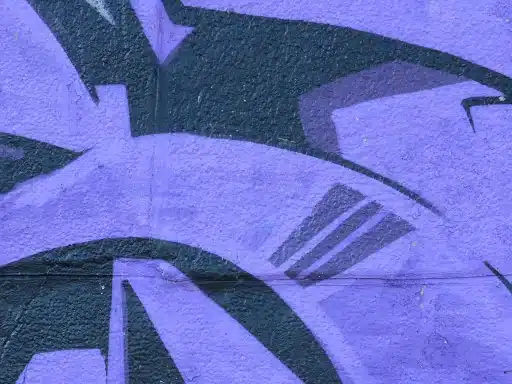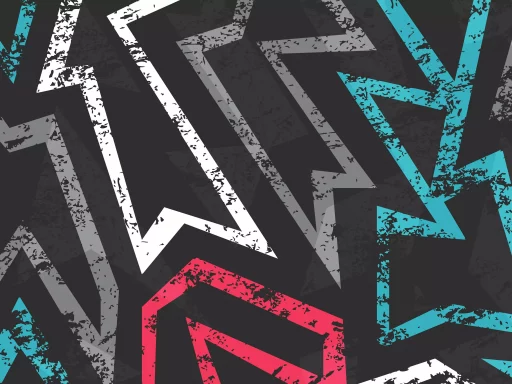Introduction to Gaffer Slang
The film and television industry is rich with jargon, much of which can sound like an entirely different language to outsiders. Among the various specialized terminologies, “gaffer slang” plays a significant role in facilitating communication on set. A gaffer, primarily responsible for the lighting and electrical setups on film sets, has a language that reflects the intricate work their role demands.
What is a Gaffer?
A gaffer is the head electrician on a film set, overseeing the lighting and ensuring the right aesthetics for each scene. The name derives from old English slang, linking to the word “gaff,” which means a hook or pole—representing the tools of the trade. Although their job is technical and complex, the terminology they use is often simple and practical.
Key Terms in Gaffer Slang
Understanding gaffer slang involves familiarizing oneself with a range of specific terms and abbreviations that streamline communication. Here are some key phrases:
- Blue Light: A fixture used to create a cool color temperature.
- Key Light: The primary light source for a scene.
- Grip: A person who handles equipment other than lighting, but often works closely with the gaffer.
- Diffusion: Material used to soften and spread light.
- Flicker: An effect produced by erratic light sources, like a candle.
Real-World Usage of Gaffer Slang
Gaffer slang is most visible on set, where communication efficiency is key due to the fast-paced nature of film production. Here’s how some phrases might be used:
- “Can you bounce that light for more diffusion?”
- “We need a stronger key light for this shot.”
- “Let’s set a flicker effect for the next scene.”
Case Studies: Gaffer Slang in Action
Various films showcase how effective gaffer slang can enhance coordination. For example, on the set of The Great Gatsby, gaffer Chris Hargadon used efficient terms like “sunbouncer” and “black wrap” to communicate quickly with members of his team, ensuring that the extensive lighting setups ran smoothly amid the elaborate sets and numerous actors.
Another notable case is when cinematographer Roger Deakins collaborated with gaffer Michael Bauman on the production of Skyfall. Their use of quick slang helped them set up complex action sequences in limited time, allowing Deakins to maintain creative control while ensuring high-quality lighting without holding up production.
Statistics: The Importance of Communication
A study conducted by the American Film Institute noted that effective communication on set leads to a 30% increase in productivity. Understanding gaffer slang and other jargon contributes significantly to this communication, minimizing downtime and misunderstandings during shooting.
Additionally, 75% of crew members reported that using industry-specific slang improved their comfort level on set, leading to enhanced team dynamics and effectiveness.
Learning Gaffer Slang
For beginners aiming to work in the film industry, being well-versed in gaffer slang is crucial. Here are some tips for learning this specialized language:
- On-the-Job Experience: There’s no substitute for actual experience on a film set.
- Networking: Interacting with seasoned crew members can expose you to new phrases.
- Online Communities: Join forums and social media groups that focus on filmmaking, where slang is frequently discussed.
Conclusion
Gaffer slang, while appearing niche, is an essential part of the filmmaking lexicon. Understanding this specialized vocabulary not only facilitates better communication on set but also enhances the workflow and overall film quality. As future filmmakers dive deeper into this vibrant language, they will find that mastering it equips them with the tools for success in the dynamic environment of film production.





